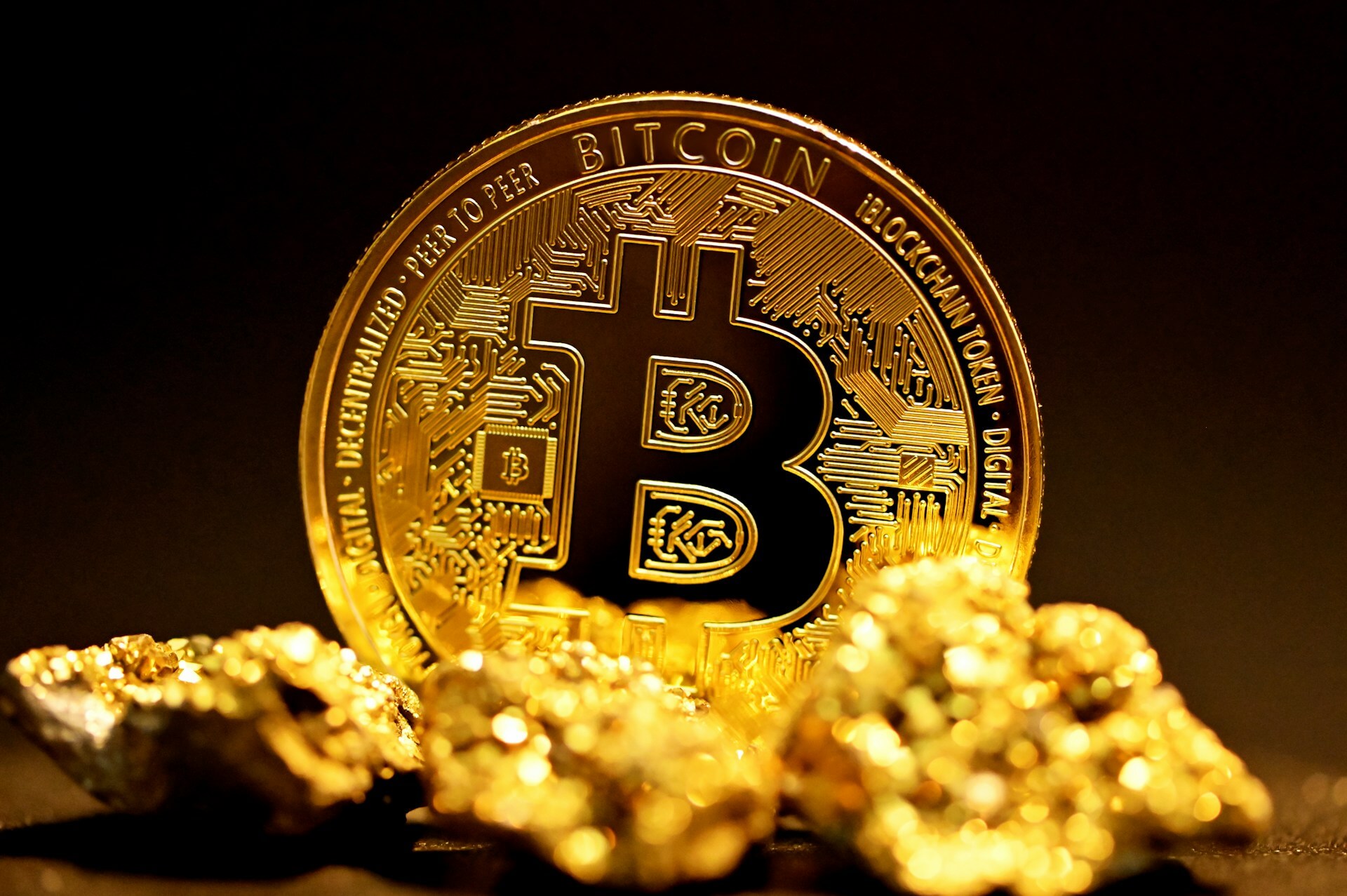Satoshi Nakamoto, Bitcoin's mysterious creator, holds approximately 1 million BTC. At Bitcoin's current market price, this fortune is worth over $100 billion, representing roughly 4.8% of Bitcoin's total supply.
In this article, you'll discover how researchers identified Satoshi's holdings, why these dormant coins matter to the crypto market, and what this hidden wealth reveals about Bitcoin's future. We'll examine the forensic analysis that uncovered this digital treasure and explore what would happen if these coins ever moved.
Key Takeaways
Satoshi Nakamoto owns approximately 1 million BTC, representing about 4.8% of Bitcoin's total 21 million supply.
These coins have remained completely untouched since 2010, with no verified transactions from Satoshi's identified wallet addresses.
The Patoshi Pattern, discovered through blockchain forensic analysis, identified Satoshi's holdings across approximately 22,000 mined blocks.
Satoshi's dormant fortune effectively reduces Bitcoin's circulating supply, creating additional scarcity that benefits all Bitcoin holders.
If Satoshi's coins ever moved, markets would likely experience immediate volatility with potential 10-15% price drops, though long-term impact remains uncertain.
Despite extensive investigations, Satoshi's true identity remains unknown, with various candidates including Hal Finney, Nick Szabo, and Adam Back, though none have been proven.
Cryptographer Sergio Demian Lerner made a breakthrough discovery that would answer the question of how much Bitcoin does Satoshi Nakamoto have.
Each successful block rewarded miners with 50 BTC, meaning Satoshi accumulated roughly 1 million Bitcoin during this period. The Patoshi Pattern became the most credible method for estimating Satoshi's total holdings because it relied on immutable blockchain data rather than speculation.
What makes this discovery remarkable is that all identified addresses remain completely untouched since 2010, with only a few test transactions ever recorded. This level of restraint has turned Satoshi's holdings into one of cryptocurrency's greatest mysteries.
Satoshi's Bitcoin fortune isn't stored in a single wallet but spread across approximately 20,000 different addresses.
This distribution was a natural consequence of early Bitcoin mining, where each successfully mined block sent rewards to a new address. Blockchain transparency allows anyone to track these addresses, yet their owner's identity remains unknown.
Despite Bitcoin's public ledger, Satoshi's careful operational security means we can identify the addresses but cannot definitively prove who controls the private keys. This creates an unusual situation where billions of dollars sit visible to everyone yet remain permanently out of reach.
Understanding how much does Satoshi Nakamoto have in Bitcoin is crucial for assessing the cryptocurrency's actual circulating supply.
With approximately 1 million BTC locked away, Bitcoin's effective supply is significantly more scarce than the often-cited 21 million cap suggests. This creates additional scarcity that benefits all Bitcoin holders by reducing available market supply.
Market psychology plays a significant role here. Satoshi's untouched fortune reinforces Bitcoin's credibility as a truly decentralized system with no central authority manipulating the market. If the creator hasn't sold despite astronomical price increases from near-zero to over $100,000 per coin, it demonstrates extraordinary commitment to the project's principles.
Financial analysts estimate that if even 1% of Satoshi's holdings entered circulation, Bitcoin's price could temporarily drop 10-15% due to sudden supply shock. However, the 15-year dormancy period has led most experts to treat these coins as permanently removed from supply, essentially reducing Bitcoin's maximum supply to around 20 million coins in practical terms.
The question of who owns this massive Bitcoin fortune has spawned countless investigations and theories over the past 15 years.
Leading candidates have included Hal Finney, the first person to receive a Bitcoin transaction from Satoshi, and Nick Szabo, creator of "bit gold," a Bitcoin precursor. Cryptographer Adam Back, inventor of Hashcash technology that Bitcoin uses, has also faced speculation.
The enduring mystery raises two possibilities about why Satoshi's Bitcoin has never moved. First, Satoshi may have lost access to the private keys, either through data destruction or death. Second, and more philosophically compelling, Satoshi may have intentionally preserved these coins to prove Bitcoin could thrive without founder control.
By disappearing in 2011, Satoshi ensured Bitcoin would evolve through community consensus rather than founder decree, transforming a technological experiment into a genuinely leaderless global network.
To understand how much Bitcoin Satoshi owns in context, comparing his holdings to other major stakeholders reveals the scale of this fortune.
The U.S. Government holds approximately 326,000 BTC acquired through various criminal seizures, making it one of the largest governmental holders. Strategy (formerly MicroStrategy), led by Bitcoin advocate Michael Saylor, has accumulated around 472,000 BTC as part of its corporate treasury strategy.
BlackRock's Bitcoin ETF manages approximately 797,000 BTC on behalf of investors, while cryptocurrency exchange Coinbase custodies roughly 874,000 BTC for clients. The Kingdom of Bhutan holds about 6,200 BTC from sovereign mining operations, and El Salvador maintains approximately 6,300 BTC as part of its legal tender adoption strategy.
Despite these substantial holdings, Satoshi remains the single largest individual Bitcoin holder at approximately 1 million BTC. What distinguishes Satoshi from other major holders is complete inactivity—governments liquidate seized assets, companies rebalance portfolios, and exchanges process customer transactions, but Satoshi's wallets have remained frozen since 2010.
This makes Satoshi's percentage of Bitcoin's total supply more significant than the raw numbers suggest, as these coins function as permanently locked rather than temporarily held assets.
How much Bitcoin does Satoshi have?
How much Bitcoin does Satoshi Nakamoto own?
Blockchain analysis using the Patoshi Pattern indicates Satoshi owns roughly 1 million Bitcoin spread across approximately 20,000 wallet addresses.
What percentage of Bitcoin does Satoshi own?
Satoshi controls approximately 4.8% of Bitcoin's maximum supply, making this the largest known individual holding in cryptocurrency history.
Has Satoshi ever moved or sold his Bitcoin?
No verified transactions have occurred from Satoshi's identified wallet addresses since mining activity ceased in 2010.
What would happen if Satoshi's Bitcoin moved?
Markets would likely experience immediate volatility with potential 10-15% price drops, though long-term impact remains uncertain given Bitcoin's matured market infrastructure.
Why hasn't Satoshi sold any Bitcoin?
Two main theories exist: either Satoshi lost access to the private keys, or intentionally preserved these coins to demonstrate Bitcoin's independence from founder control.
Is Satoshi Nakamoto the richest Bitcoin holder?
Yes, with holdings worth over $100 billion at current prices, Satoshi would rank among the world's wealthiest individuals if this fortune were accessible.
Satoshi Nakamoto's approximately 1 million Bitcoin represents more than just an enormous fortune—it symbolizes Bitcoin's core principle of decentralization.
By mining Bitcoin in its earliest days and then disappearing without touching these coins, Satoshi created the ultimate proof that Bitcoin doesn't need its creator to succeed. This $100+ billion mystery continues to fascinate investors and reinforces why Bitcoin remains the world's most trusted cryptocurrency.
For those inspired by Bitcoin's revolutionary potential, platforms like MEXC offer accessible entry points to begin your own cryptocurrency journey.










